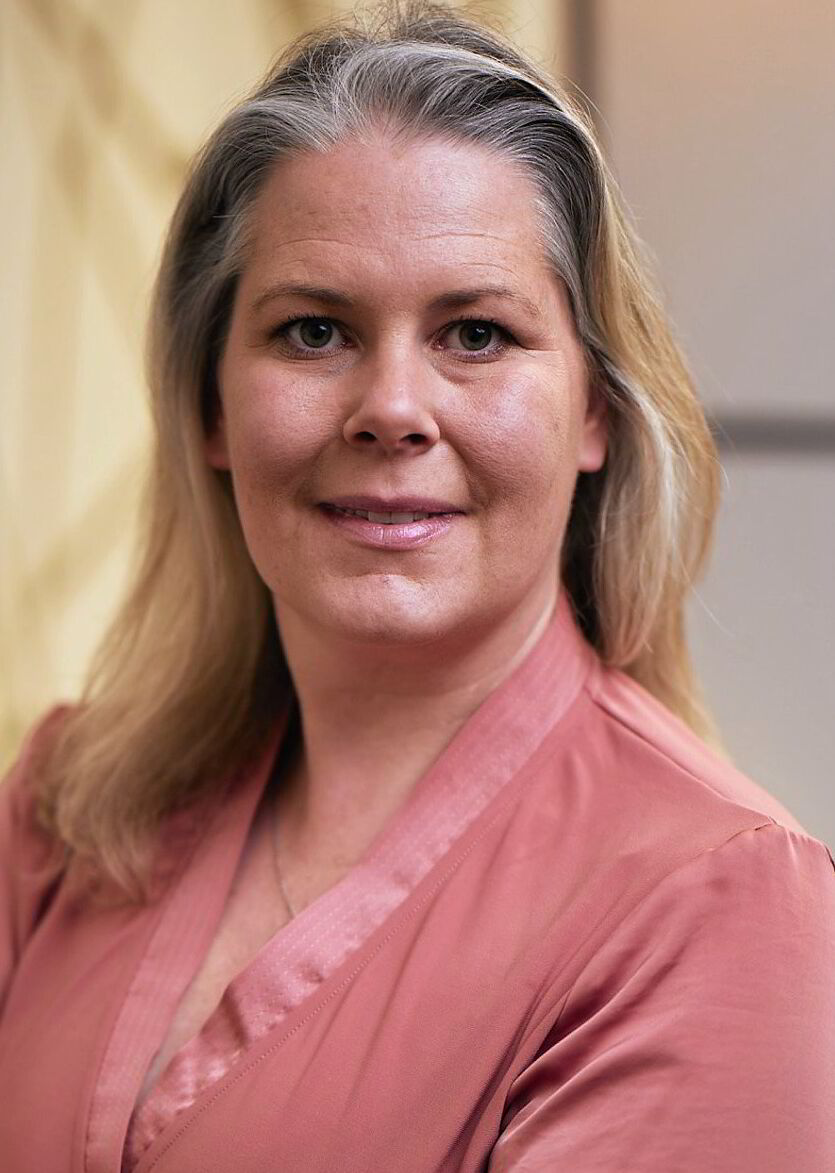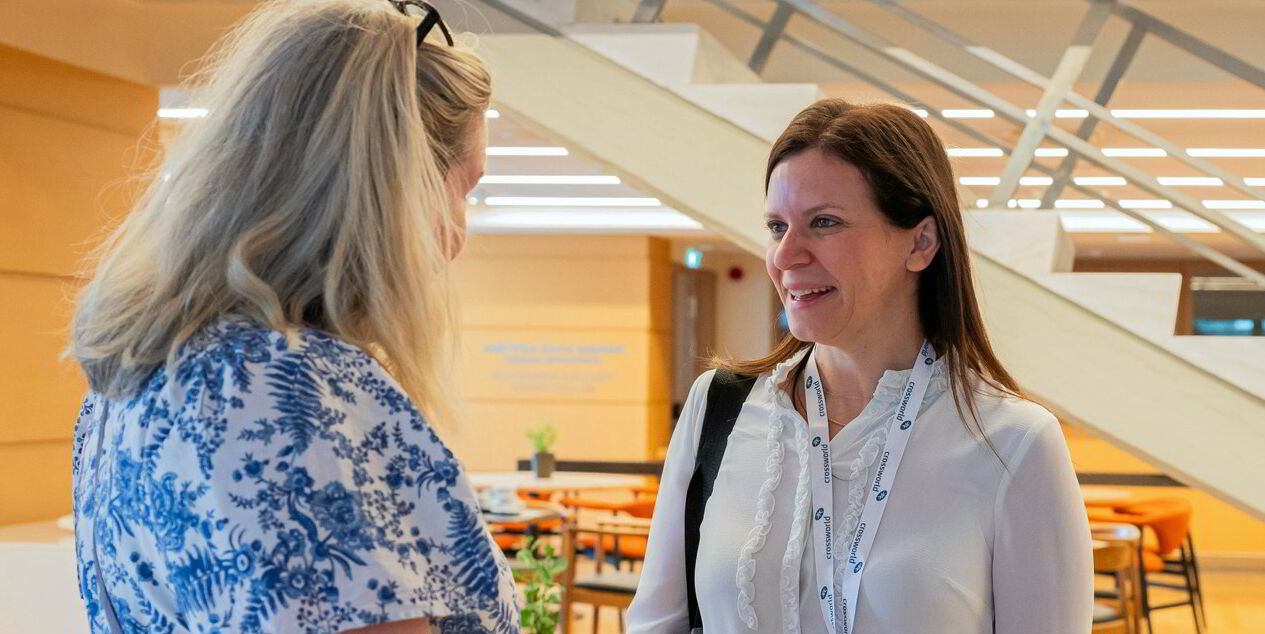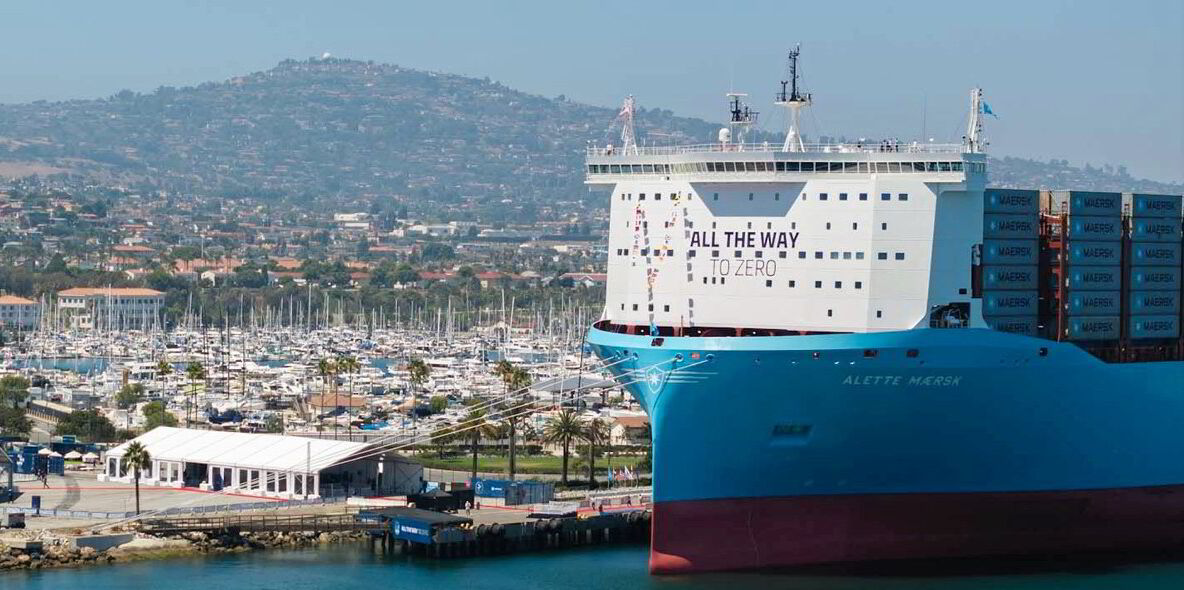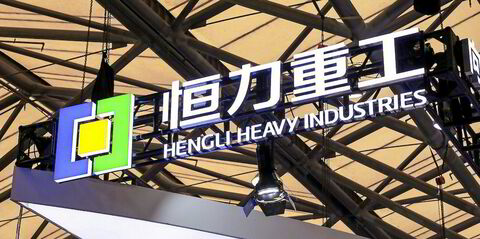Imagine an engineer on a ship who is faced with a not-uncommon decision.
The load on the vessel’s auxiliary engines has dropped to a point at which one can be taken offline, reducing fuel consumption, but it is also coffee time.
Will she grab a cup of coffee or take the engine offline?
The engineer’s decision is one that technology start-up Signol, whose software brings behavioural science to shipping, believes it can influence, helping crews implement strategies to optimise fuel consumption and reduce emissions.
Head of maritime Harriet Hunnisett-Johnson told TradeWinds that the engineer’s coffee-or-auxiliary engine dilemma is not a matter of training or a lack of data.
“This is down to the motivation of that individual. Are they motivated to stay and do that?” she said of cutting the auxiliary engine. “Or do they just want to go and grab a cup of coffee?”
London-based Signol, which has received investments from two major shipping companies this year, identifies four key areas in which behavioural science can help motivate crews:
- Optimal trim — how level a ship is from bow to stern after being loaded with cargo;
- Efficient auxiliary engine use;
- Optimal sailing, or efficient use of the main engine; and
- Engine maintenance optimisation.
The company started with an aviation focus but in 2021 pivoted to the maritime sector, seeing the opportunity to motivate captains and chief engineers to cut emissions.
As TradeWinds has reported, the company has banked £2.5m ($3.3m) in new cash in a seed funding round that included Marina Hadjipateras-led venture capital firm TMV, Japanese shipowner Mitsui OSK Lines and Chilean maritime group Ultranav.

Chief executive Michael Fanning said the cash will help the company carry out additional trials in the shipping sector.
He said Signol has seen 5% to 12% fuel savings in trials of its software on vessels.

Explaining how Signol brings behavioural science to shipping, Fanning said it looks at the industry through the lens of the so-called COM-B model, which focuses on whether professionals have the capability, opportunity and motivation to take a desired action.
In maritime, training provides the capability, and the tools are there to provide the opportunity.
“In a maritime context, it’s typically motivation that we see as the key different differentiating factor,” he told TradeWinds.
Signol motivates crew members to take action to reduce fuel consumption and emissions through its app and emails designed to capture the attention of busy masters and chief engineers.
Chief experience officer Divya Sukumar, who is in charge of user experience and behavioural science research, said the barriers that shipboard professionals face are psychological.
“They have so many priorities on board that they’re not always emotionally invested in acting on every single fuel-saving opportunity,” she said.
Here are some of the shipping companies that have used the Signol platform:
- Bernhard Schulte Shipmanagement
- Young Brothers
- Stolt Tankers
- Cargill
- Christiania Shipping
- Pangaea Logistics Solutions
- Louis Dreyfus Co
- Stena Bulk
- TUI Cruises
- Harren Group
- Mitsui OSK Lines
- Shell
Sukumar said the company motivates crew members by setting personalised goals that are achievable, by looking at past performance and placing targets that are a little bit higher.
Praise and reinforcement are key to getting to those goals.

Keeping it positive is important, because in interviews Signol has found that crew members complain that they hear from management only when things go wrong.
“So all those times when they put in that effort, they put in the hard work, they feel they don’t get that pat on the back, and that’s what Signol does,” Sukumar said.
Signol also translates environmental gains in tangible terms, so crews can feel proud about what they have achieved.
Financial rewards are not offered, although donations to a favoured charity are used as a motivating tool.
By contrast, punitive responses, including crew league tables, can backfire.
“When it comes to this employee-employer context, we much prefer to stay on the positive side, where it’s all about creating that pride and satisfaction, and we entirely stay away from anything punitive,” Sukumar said.
“One of the things we do is anonymise all performance when we share that with management.”
Hunnisett-Johnson, a former seafarer who joined Signol after shifting to a career in software development, said vessel crews are facing a rapidly evolving industry, in which new ideas and technologies are being introduced faster than their training can keep up with.
“There’s a lot of apathy out there from the crew,” she said.
“The idea is, unless you engage them positively, motivate them, and unless they see the benefits of what you’re putting [in place] on the vessel, you’re not going to get the most out of it.”
And Fanning said many changes introduced by management can undermine the crew members’ feeling of autonomy.
So the executives said the behavioural techniques that Signol uses also remind captains and chief engineers that they make the decisions.
Tackling trim
One key way that crew member actions can make ships more efficient is trim.
To calculate trim, seafarers measure the ship’s draught in port and input it into the loading computer.

But Hunnisett-Johnson said they face a number of other tasks while in port.
So once a vessel’s trim meets the ship’s safety needs, what is motivating them to go the extra mile for fuel efficiency?
“Why are you going to prioritise trimming the vessel when you’ve got many other things to do?” she asked. “The trim of the vessel can affect the efficiency of the whole of that voyage.”
Rewarding crew for trimming the vessel by making it one of their goals on the Signol platform can have a sizeable impact on fuel efficiency, Hunnisett-Johnson said.
“You can turn the lights off in your house 100 times and it’s going to have a small effect, but one decision on trim on a vessel is going to have a huge effect on the amount of fuel that you’re saving and the reduction in CO2 emissions,” she said.
Auxiliary engine use is another area in which crew members, like the chief engineer facing that coffee break, traditionally have little incentive to make more efficient choices.
But Hunnisett-Johnson said the trials of the software show significant savings can be achieved by using auxiliary engines more efficiently.
‘Little changes stack up’
“We have a saying at Signol: ‘Little changes stack up’,” she said.
In addition to tackling main engine fuel consumption and maintenance optimisation, the software can motivate crew to improve on-time departure performance.

Hunnisett-Johnson said that one of the biggest impacts that motivating crew can have is encouraging a conversation between a ship’s chief engineer and captain about fuel efficiency.
“Every day they are talking about efficiency now in their morning meetings in a way they weren’t doing before,” she said.
As a result, fuel efficiency moves higher up on the list of priorities.
For Hadjipateras, co-founder and general partner of venture capital firm TMV, Signol takes a unique approach to tackling shipping’s greenhouse gas emissions.
The firm, which led Signol’s latest funding round, had been seeking out a fuel optimisation investment in shipping.
“We scouted the market for a while but felt it was very saturated and that a lot of companies had similar solutions, but from slightly different angles,” Hadjipateras told TradeWinds.
“When we came across Signol, we realised immediately that they were tackling the issue from a truly unique standpoint.”
Hadjipateras, who is now a board member at Signol, said her firm connected with the start-up’s method of using behavioural science to engage with crew members to highlight where they were missing opportunities to run ships and aircraft more efficiently.
“Seafarers are the core to shipping, and in regards to fuel optimisation and emissions reduction, Signol shows that up to this point they were an underutilised asset in this mission,” she said.






